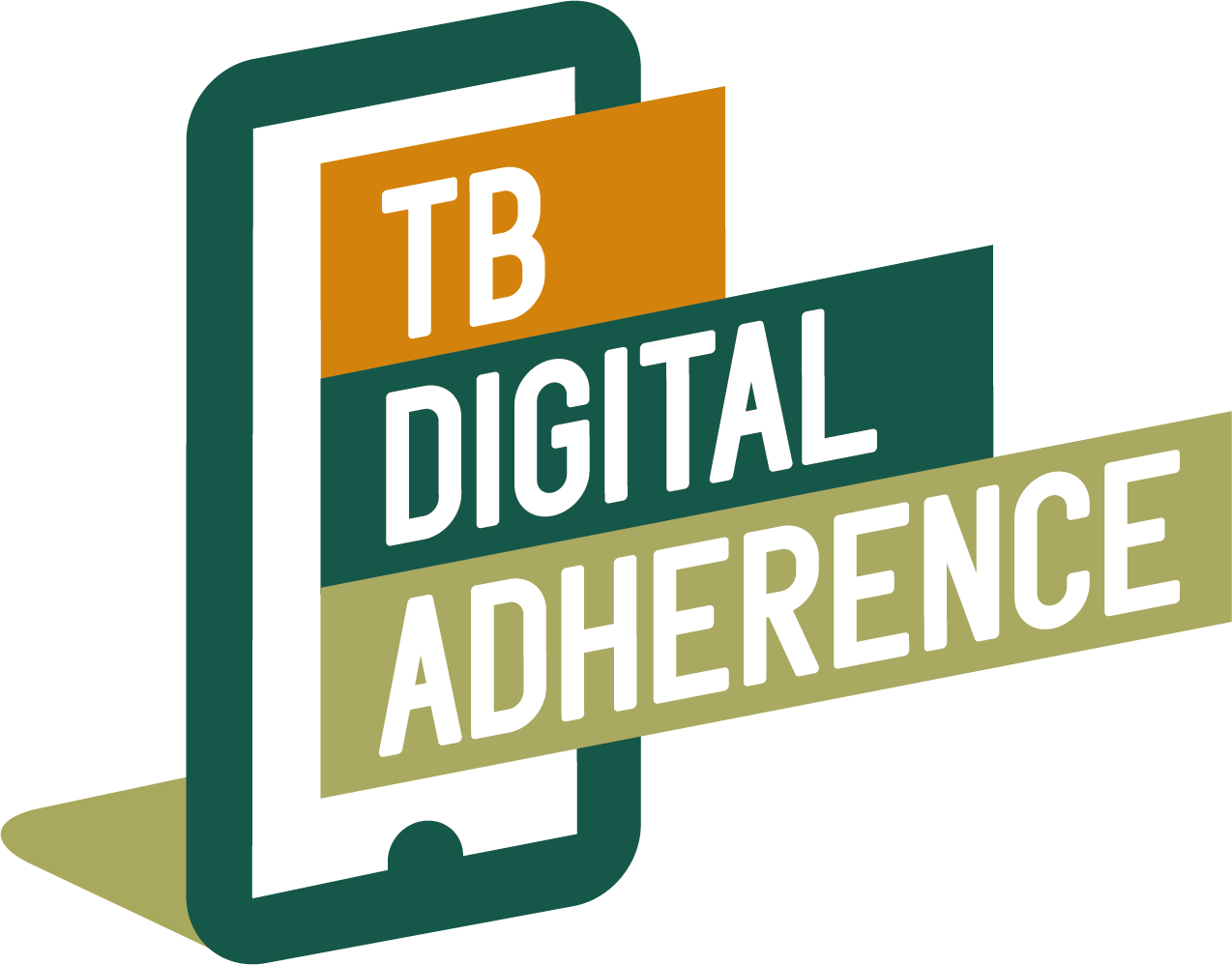Telemedicine Technologies and Tuberculosis Management: A Randomized Controlled Trial
Abstract
Background: Since 1990s, directly observed therapy (DOT) has been the standard-of-care for tuberculosis (TB), although it is cumbersome for patients as well as service providers. For raising implementation, an alternative delivery method with good potential is telehealth. The current study assessed the clinical and cost benefit of video directly observed therapy (VDOT), compared with DOT service.
Methods: This prospective randomized controlled trial randomized adults with bacteriologically confirmed pulmonary TB to the intervention (VDOT) or control (DOT) group. The observation data for DOT and VDOT were updated by observers until the end of treatment or until the study concluded. The primary outcome was the TB treatment result defined by the World Health Organization (WHO) as used in some other studies conducted in North India and England as follows: good (cured and treatment completed), poor (death and failure), relocation, and lost to follow-up and others (refused, adverse reaction, not a TB case). Other secondary measures were treatment adherence, patient satisfaction, time and cost spent on DOT or VDOT.
Results: On analyzing the results from 405 participants from each study arm, we found very high rates of treatment completion (96.1% with VDOT vs. 94.6% with DOT). The two observed treatment methods had no statistical differences, and all could accomplish their tasks well. Average time per dose observed was 16.5 min (standard deviation [SD] 12.1) for VDOT, while 44.1 min (SD 3.7) for DOT (including travel time), p < 0.01. And the cost incurred on VDOT was ¥34.3 (SD 3.8) manmo, which was statistically lower compared with ¥71.6 (SD 49.7) manmo in the DOT group, p < 0.01. Most of the patients in both groups believed that observed treatment (VDOT/DOT) helped them not to miss doses (185 [93.0%] vs. 171 [86.7%], p = 0.057). Patients in the VDOT group had a better experience compared with those in DOT group. They thought the way was convenient and comfortable (191 [96.0%] vs. 111 [56.6%], p < 0.001), would choose the original way if necessary (191 [96.0%] vs. 113 [57.7%], p < 0.001), and would recommend the method to other patients (191 [96.0%] vs. 113 [57.7%], p < 0.001).
Conclusion: The study showed that VDOT enabled meaningful direct observation for TB patients through mobile devices, which was highly acceptable to patients and health care providers. It also saved time and is a cost-effective method, enabling the use of the saved money to other much-needed areas for TB.
